You are here
Please respect the outdoors by practicing Leave No Trace. Learn more about how to apply the principles of Leave No Trace on your next outdoor adventure here.
North Cascades, Washington
Snoqualmie National Forest
Northern Puget Sound, Washington
Central Oregon Coast, Oregon
Willamette Foothills, Oregon
Mt. Hood + Clackamas River Area, Oregon
Northern Oregon Coast, Oregon
Northern Oregon Coast, Oregon

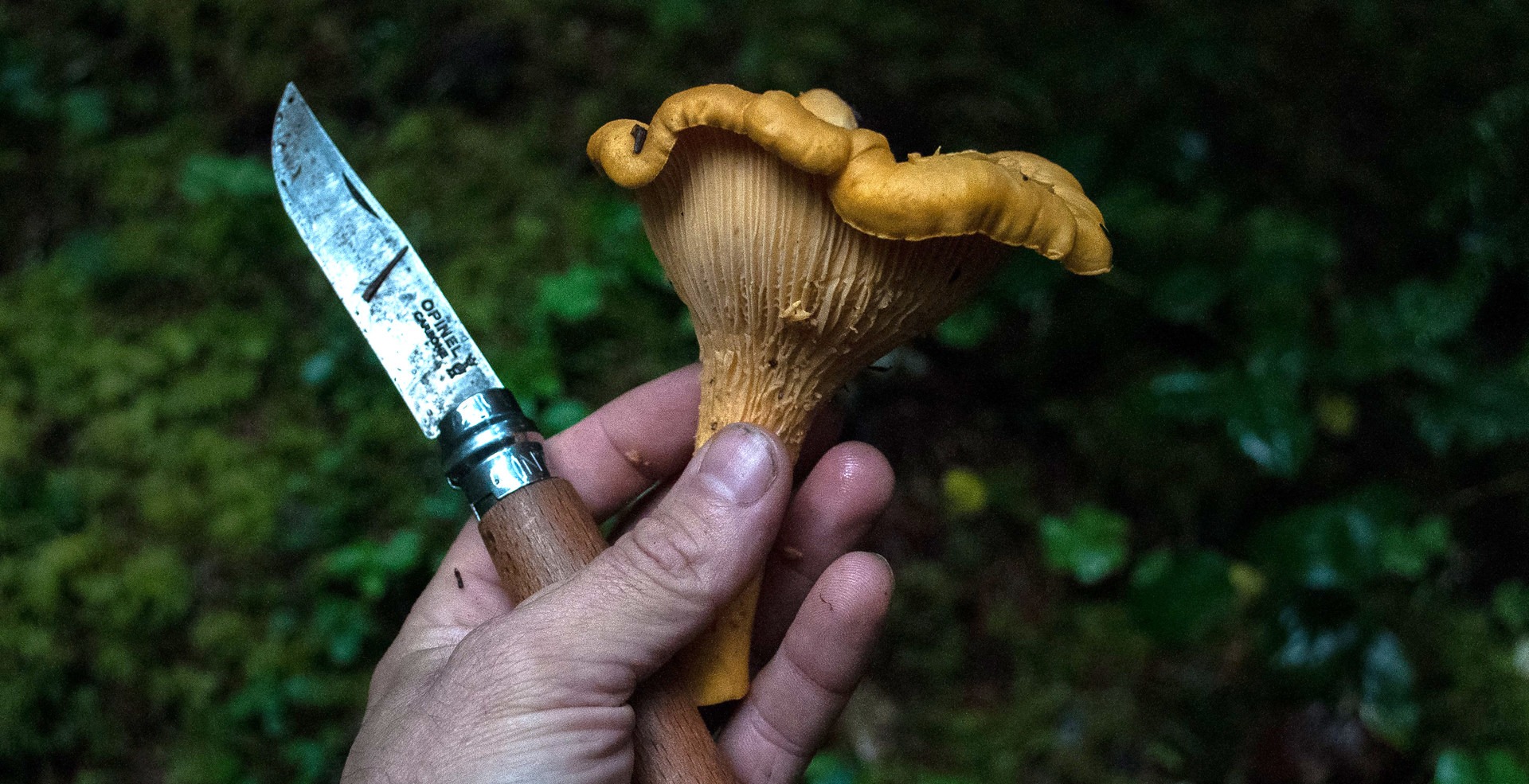
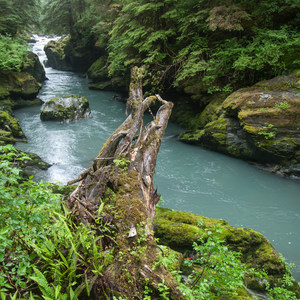
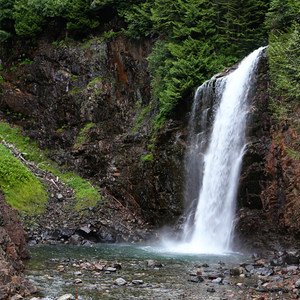
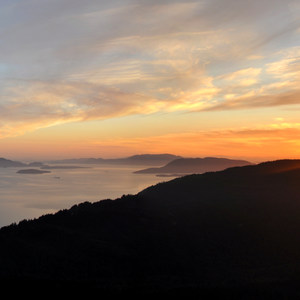
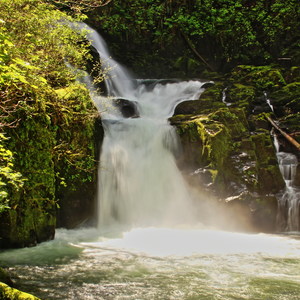
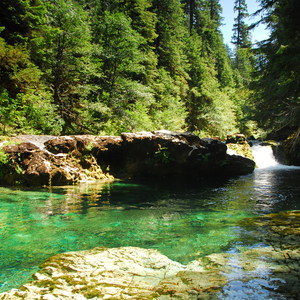



Comments
Oregon folks should definitely join the Oregon Mycological Society to learn more: http://wildmushrooms.org/
Sign In and share them.